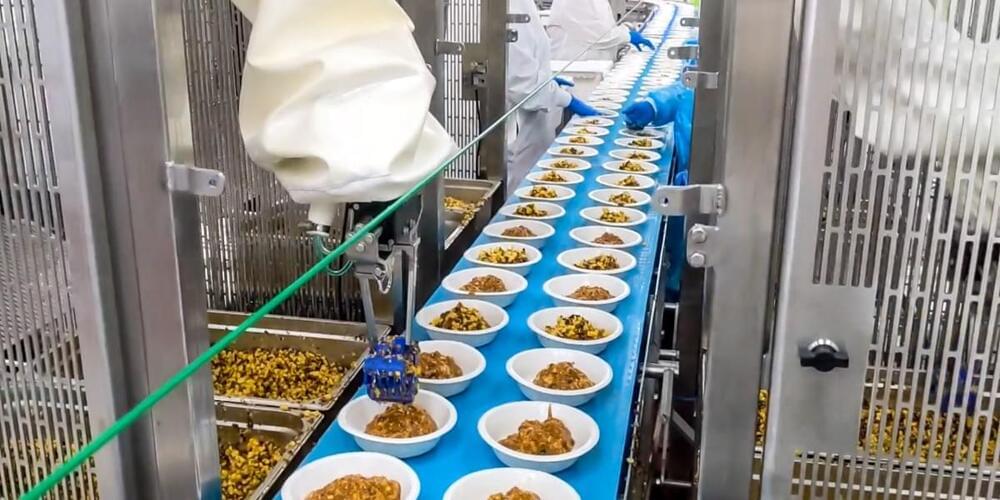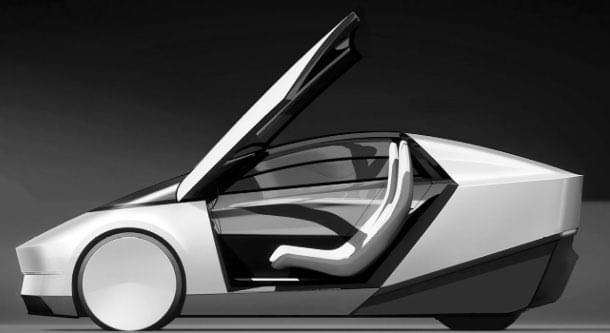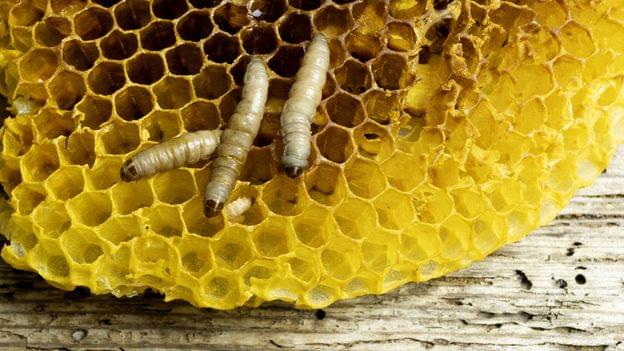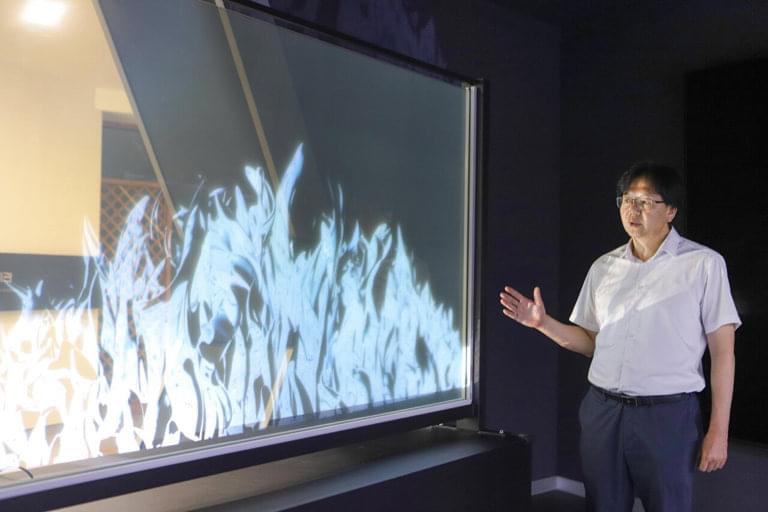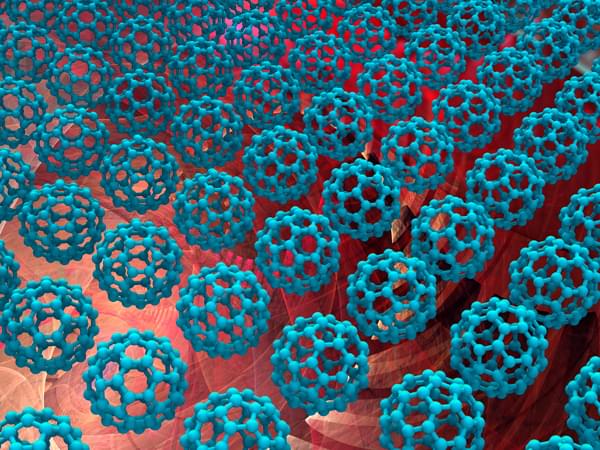How does cannabis alleviate the symptoms associated with chronic musculoskeletal (MSK) pain in patients? This is what a recent study published in the Journal of Cannabis Research hopes to address as a team of researchers from Canada investigated patient perception regarding cannabis use and treating their MSK symptoms. This study comes as an increasing number of MSK patients have turned to cannabis to alleviate their pain symptoms without hard data to support that use.
For the study, the researchers conducted a self-reported survey with 629 MSK patients in Canada with an average age of 56 years old and comprised of 44 percent men and 56 percent women. For the surveys, the patients were asked to privately disclose their past or present cannabis use in managing their MSK pain. In the end, 144 (23 percent) of participants reported past or present cannabis use with 63.7 percent disclosing that cannabis was effective at treating their MSK pain and 26.6 percent disclosing it as “slightly effective”, per the study.
The researchers concluded, “One in five patients presenting to an orthopaedic surgeon with chronic MSK pain are using or have used cannabis with the specific intent to manage their pain, and most report it to be effective. Among non-users, two-thirds reported an interest in using cannabis to manage their MSK pain, but common barriers to use existed. Future double-blind placebo-controlled trials are required to understand if this reported efficacy is accurate, and what role, if any, cannabis may play in the management of chronic MSK pain.”

